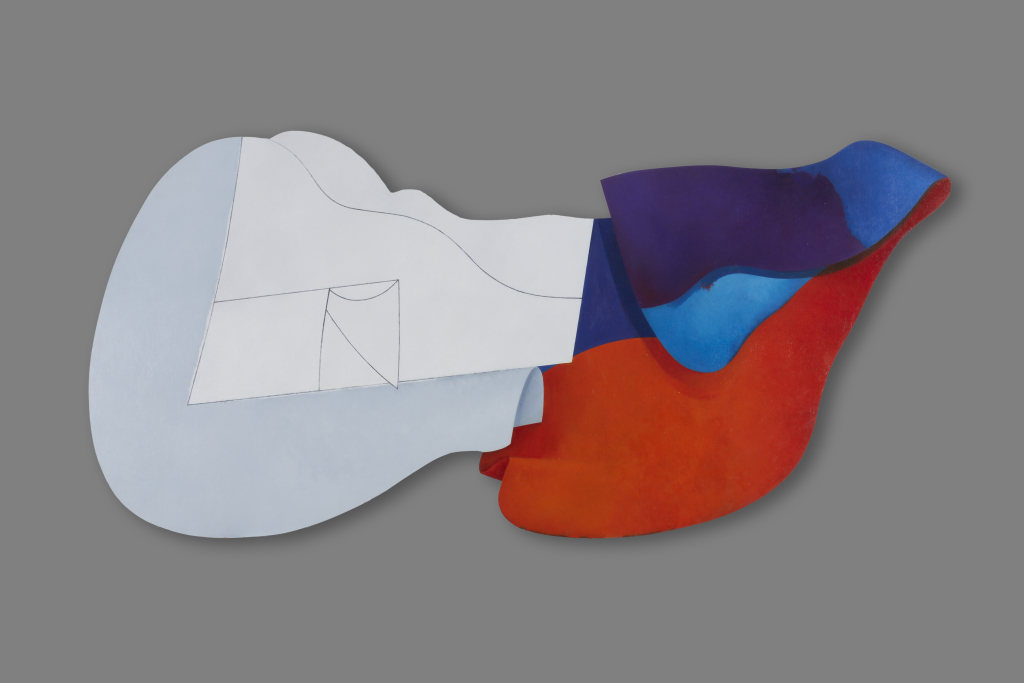Loose Ends
This work is not currently on view.
- Title
Loose Ends
- Artist
- Date
1968
- Medium
oil on wood
- Dimensions (H x W x D)
42 in x 90 in
- Collection Area
Modern and Contemporary Art; Northwest Art
- Category
Paintings
- Object Type
painting
- Culture
American
- Credit Line
Gift of Dianne Anderson Katz
- Accession Number
1999.22
- Copyright
© 1968 Mel Katz
- Terms
Though he began his career as a painter, in recent decades Katz has received acclaim for his three-dimensional work combining sculptural form and painting tropes. Born in New York in 1932, Katz trained at the Cooper Union and the Brooklyn Museum before moving to Portland in 1964 to teach at the Museum Art School; he subsequently taught until retirement at Portland State University. He was among the founders of the seminal Portland Center for Contemporary Art.
Katz's early paintings were heavily influenced by the work of Arshile Gorky and explored the dynamic, expressive use of line. In the late 1960s, however, Katz became frustrated by the physical and psychological constraints of painting’s traditional rectangular format and began experimenting with shaped canvases such as this one. These works reflect his abiding interest in line and growing concern with the play between two and three-dimensional space, surface and depth, and the presence and absence of color; themes that were fully developed in his later wall constructions and freestanding sculptures.
Though in recent decades Katz has received acclaim for his sculptural work, he began his career as a painter. Born in New York in 1932, Katz trained at the Cooper Union and the Brooklyn Museum before moving to Portland in 1964 to teach at the Museum Art School (and later at Portland State University). Katz's paintings were heavily influenced by the work of Arshile Gorky and explored the dynamic and expressive use of line. In the late 1960s, however, Katz became frustrated by the physical and psychological constraints of painting’s traditional rectangular format and began experimenting with shaped canvases such as this one. These works reflect his abiding interest in line and growing concern with the play between two and three-dimensional space, surface and depth, and the presence and absence of color; themes that were fully developed in his later wall constructions and freestanding sculptures.










